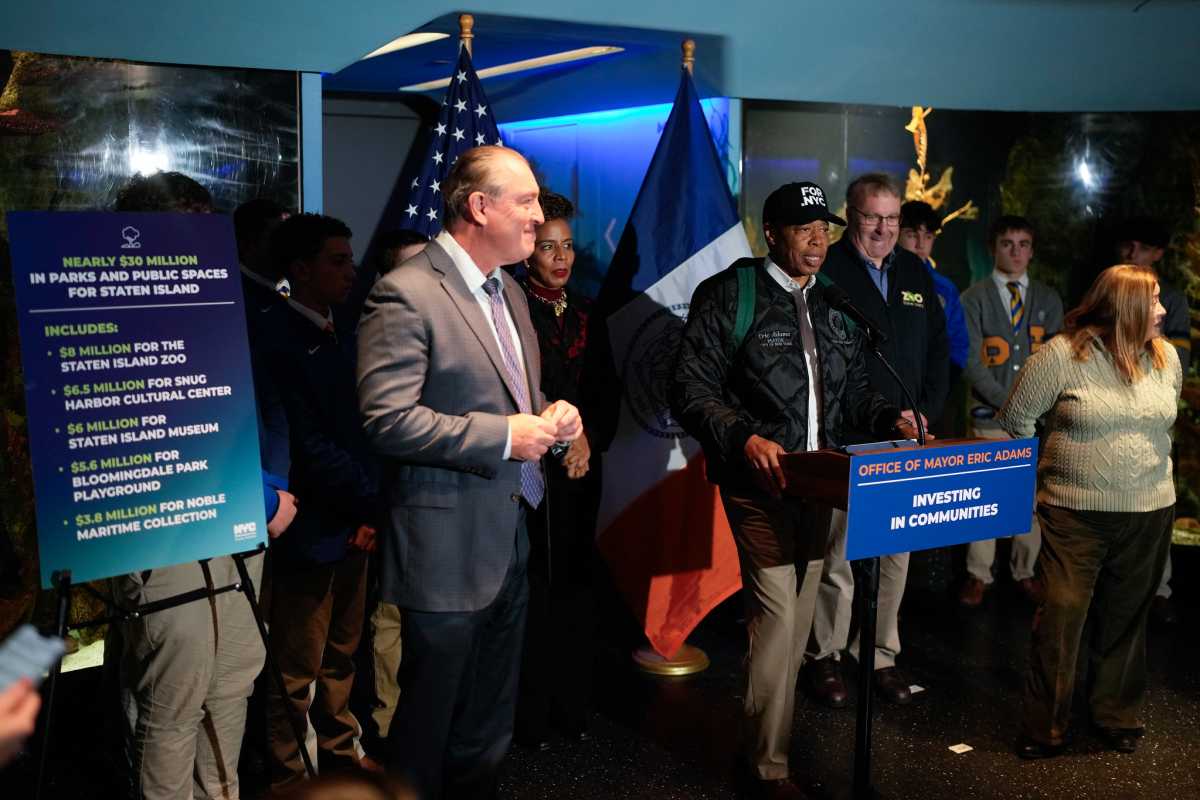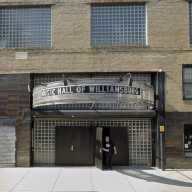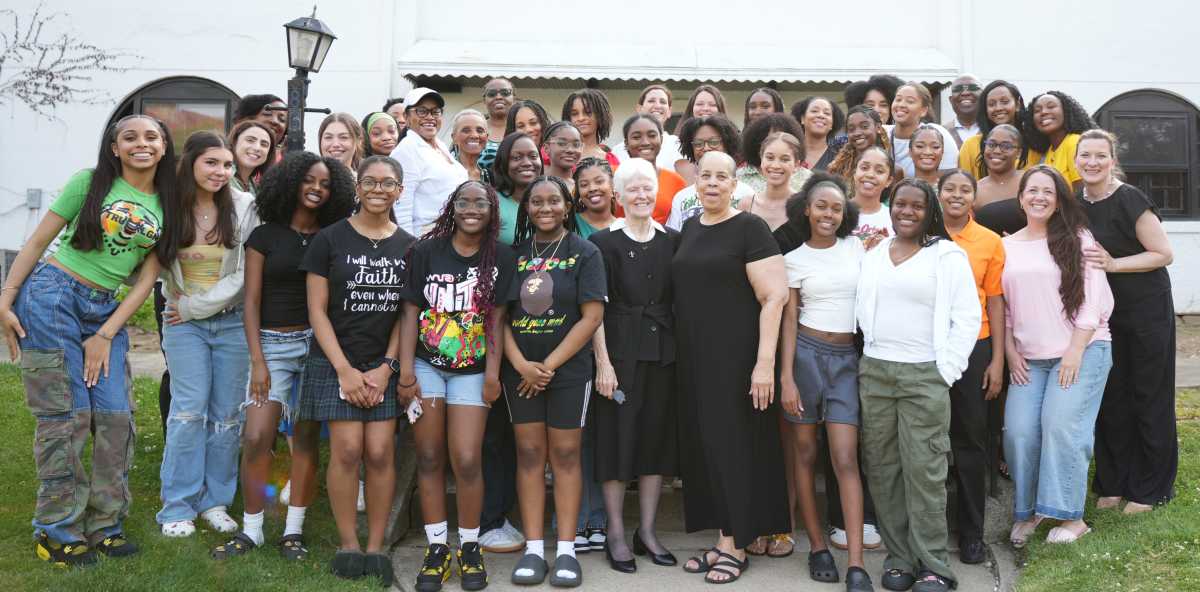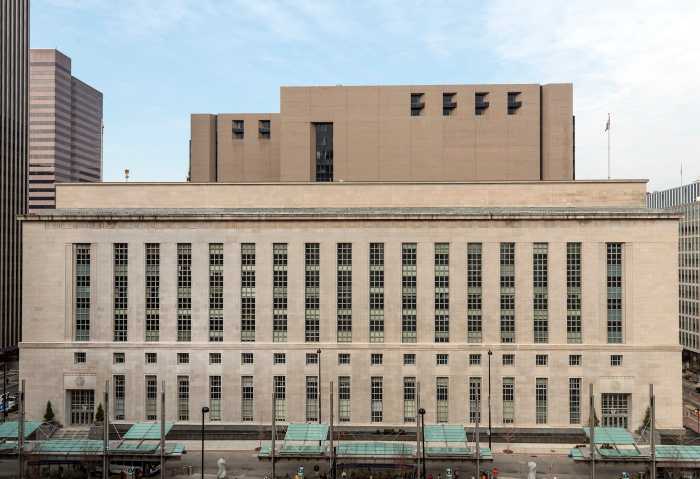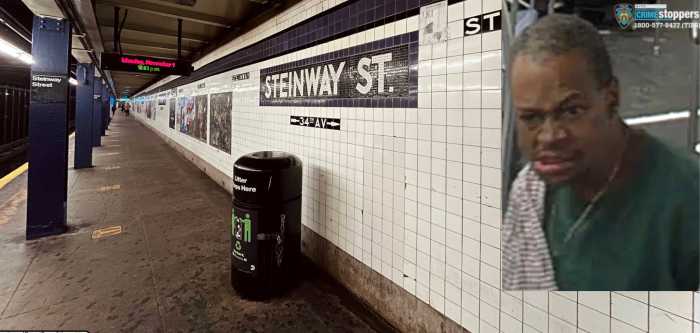DUBUQUE, IOWA — The deli man in Des Moines said that From out of nowhere, a scruffy-looking youngster approached and grunted, Now, the deli man’s a lifelong Midwesterner and this was his first At last, the hose filled with gas; but when the pump read $10, the flow Yesterday, on the road from Lacrosse, Wisc., to Dubuque, I handed my credit So I’m not in New York anymore. Actually, the hours-long rides through Other things I’m encountering in my Midwest trip — an atypical The last couple of days we’ve been here in Dubuque, a Mississippi The city’s compact downtown district is filled with nicely maintained In Downtown Dubuque there is business going on; office workers fill a Business has shifted to the west end of town, a five-minute car ride from Dubuque is a beautiful city with hope, but its downtown — like most Is the convenience of one-stop shopping at Wal-Mart, or Target, or the
when he was in Brooklyn a few years ago for a family wedding, he pulled
into a gas station, got out of his minivan, put the hose in his tank and
… nothing.
“Gimme $10, Gimme $10.”
trip to New York. And he needed gas, badly. When the pump wouldn’t
pump, he turned over the cash, figuring the boy was shaking him down,
something he’d been conditioned to expect in the Big Apple.
stopped and the minivan, whose tank normally would swallow $30 or so at
a clip, was not fully satisfied. That’s when the deli man realized
it wasn’t a shakedown — he had just prepaid for his gasoline.
card to the clerk at a gas station and asked for $20 on pump No. 3. The
lady punched some buttons behind her counter, then returned my card. “I
don’t know how to do this,” she said. “You can’t pay
before you pump.”
fields of corn and soybean had already made that clear.
family vacation with Celia and our three children, two weeks mostly in
Iowa, with a few days in Minnesota and Wisconsin — remind me of home,
and of possibilities lost and found.
waterfront community very much a part of Iowa’s history and of America’s.
Dubuque’s civic leaders clearly have pride in their community and
a vision for its resurrection; but it’s obvious that the currents
they are battling aren’t only in the river.
historic houses and low-rise commercial structures, but the dominant business
theme is “Space to Lease.” A couple of blocks away — past
the divide of a freeway — is a waterfront being remade as the Port
of Dubuque, with a delightful promenade, convention center, casino, waterpark
hotel and, most satisfying, the National Mississippi River Museum and
Aquarium (a recently expanded interactive experience that reminds us just
how dated is the aquarium in Coney Island).
few attractive cafes on Main Street for lunch, and the streets are clean
and safe, but there’s not a lot of life out there. What there is
are parking garages, on a strip where department stores once thrived.
Main Street, which had been made into a pedestrian mall, was reopened
to auto traffic a few years ago because the pedestrians stopped coming;
now, even the cars are scarce.
downtown, where strip malls and an enclosed mall bustle day and night
(although nighttime in Dubuque clearly comes earlier than in New York).
of the small-town downtowns I’ve seen on this trip — may be
beyond repair, slain mostly by the malls but also by schizophrenic urban
planners who find it difficult to reconcile historic values with modern
functionality (the lead story in this morning’s Telegraph Herald
deals with plans to demolish two historic blocks to build an elementary
school).
latest strip-mall, worth a city’s soul? It’s not too far fetched
to ask if Brooklyn, just now getting its first real taste of big box America,
will avoid Dubuque’s fate.




